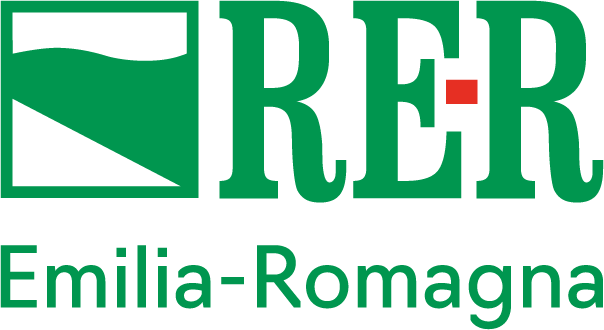The soil

The soil we tread upon is a natural, living body, produced by a complex interaction between geology, climate, vegetation, life forms (including Man) and time. Its cycle of formation and evolution involves extremely variable time scales, from tens of thousands of years to just a few months, and determines the weathering and fragmentation of rocks and the formation and transformation of organic matter through chemical, physical and biological processes. The soil consists of mineral particles (sand, silt and clay), decomposed organic substances (humus), living organisms, air and water. It can vary in depth from a few centimetres to a number of metres, divided into horizons or layers that can be distinguished from the parent material (rock or sediment). Soil formation is the result of processes of addition, loss, transfer and transformation of energy and matter.
The Directive on Soil monitoring and Resilience or Soil Monitoring Law defines soil as “the most superficial layer of the Earth’s crust located between the rock substrate and the surface of the earth, consisting of mineral components, organic matter, water, air, and living organisms.”
The role of the Geology, Soil and Seismic Area is to produce and update knowledge on regional soils, to improve understanding of soil behaviour and promote appreciation of its value. Sharing awareness of the role and function of soil is our way of protecting it.
Topics
-
-
-
-
-
-
Media
Community
- The Earth Beneath Your Feet
Newsletter about soil and environmental sustainability carried out by the Sustainability Education Unit of the ARPAE (Regional agency for prevention, environment and energy of Emilia-Romagna Region , Italy) in collaboration with the European Network on Soil Awareness (ENSA)
